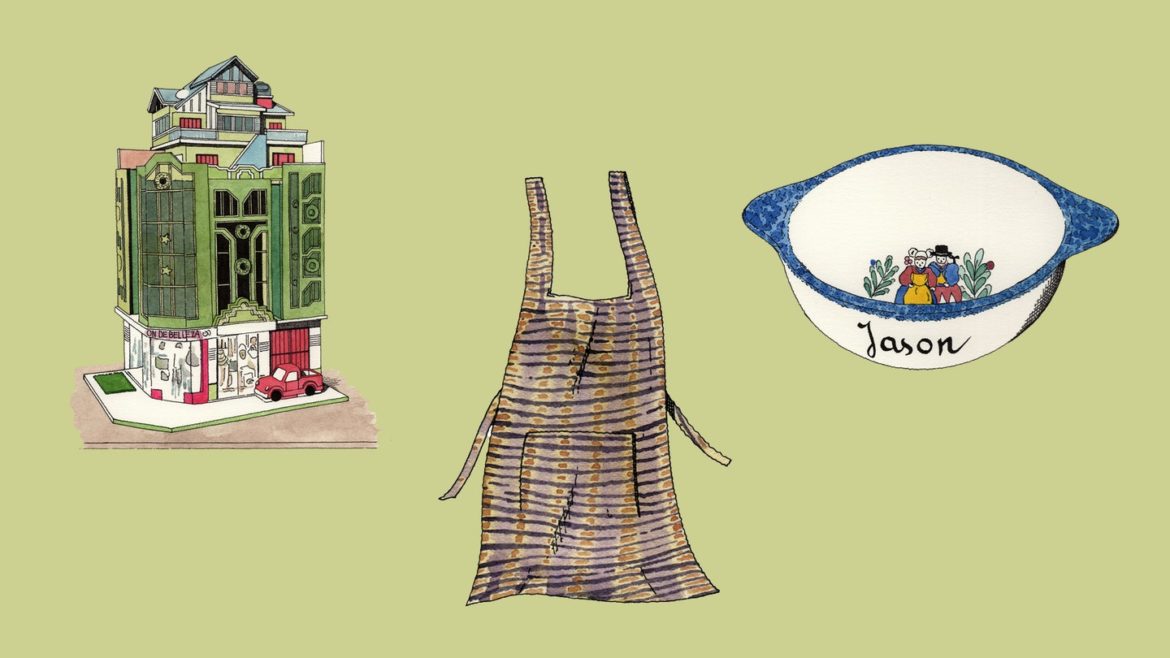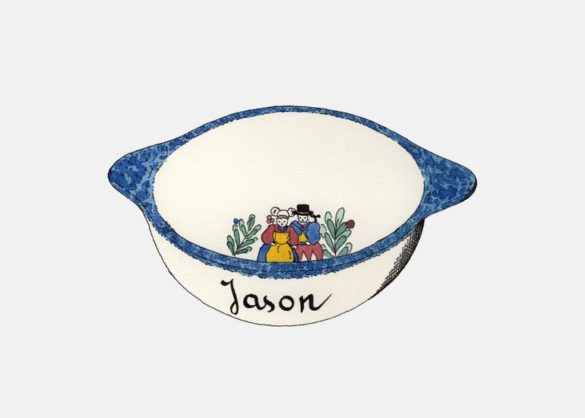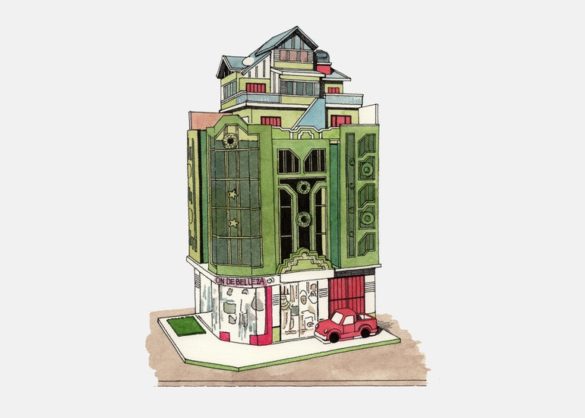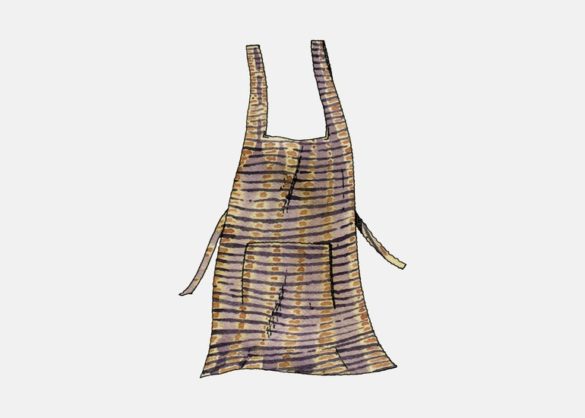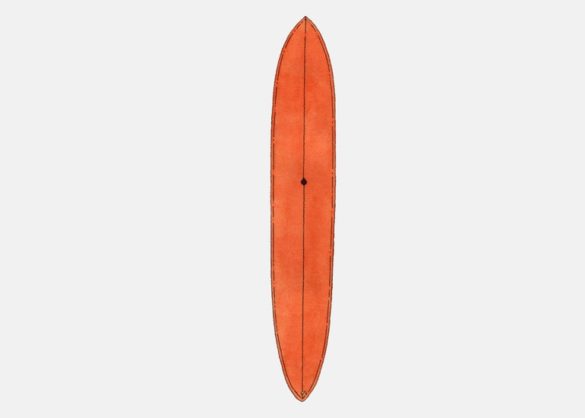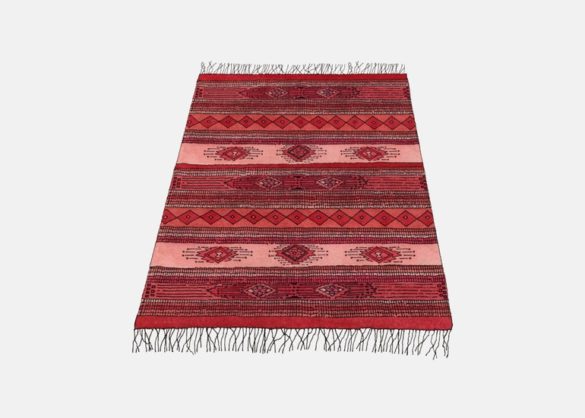Picking up souvenirs is, arguably, one of the best parts about traveling. Sure, it might offer you a reason to splurge on vacation, but it can also serve as a point of entry to understanding the cultural heritage of a place. Maybe you’ll find yourself in a small, well-curated boutique that carries local designers, or a loud, colorful market that puts craft traditions on display. But no matter where you end up, it’s important to be intentional about the things you purchase; those little tokens, packed away tightly in your luggage, or stowed in your trusty carry-on, will serve as regular reminders of your trip once you’re back home. We tapped a handful of our favorite tastemakers, from fashion designer Ulla Johnson to architect Charles Renfro, to share their most meaningful souvenirs with us.
An elephant bust from Kenya
“I bought this teak elephant bust at a roadside crafts stand in Kenya during a trip with my now-husband, Andrea, in 2002. It’s incredibly heavy, and in order to bring it home with us, we had to leave behind some of our belongings. The piece once hung alone above our dining room table, but over time, new souvenirs have joined it; now our wall of memories is almost full. I don’t know if we’ll ever return to Kenya, but the bust reminds me of our time there, when we were young and beautiful, and everything was perfect.” —Daria Reina, co-owner, Chez Dede, Rome
A hand-painted bowl from France
“I spent my senior year of high school abroad in Rennes, where I lived with a French family. I always had a bowl of cereal with milk for breakfast, so at the end of my stay they gave me this little hand-painted bowl with my name on it, which I’ve now had for 20 years. Those months were so eye-opening for me—from experiencing a different culture to learning a new language, and visiting Paris for the first time, where I saw all the major couture houses, like Dior and Chanel. This bowl evokes those memories.” —Jason Wu, fashion designer
A scale model from Bolivia
“I picked up this scale model of a building inspired by leading New Andean architect Freddy Mamani, who designs grand, riotous residences nicknamed cholets (a portmanteau of the reclaimed slang term cholo, historically a pejorative used to denote Indigenous ancestry, and chalet) at the annual Alasitas Festival in La Paz, Bolivia. To me, it reflects something significant about the culture of the country, where European colonial architecture is being replaced with something homegrown: a style that draws from Bolivia’s own history, which spans thousands of years and yet is completely forward-looking, with glass and reflective surfaces. People might find it tacky or gaudy, but not only do these hybrid structures contain retail, cultural, and living spaces, they also represent an entirely new model of city making.” —Charles Renfro, partner, Diller Scofidio + Renfro
Fabric from Mali
“Before the war broke out in Mali in 2012, I attended Le Festival au Désert, a large music festival just outside Timbuktu. On our way there we spent a few nights in Bamako, where I picked up a ton of fabric in tie-dye and indigo (which the country is famous for), even though I wasn’t sure what I would do with it all. Over the years I’ve found different uses for it: I’ve made tie-dye aprons, indigo napkins, even little bread baskets for friends. It’s something that has given life again and again.” —Yodit Eklund, founder, Bantu Wax
A surfboard from San Diego
“I’m not a birthday person, but when I turned 40 a few years ago, I thought, What the hell, I want to spend a lot of money on something—so I bought a surfboard. I got it from Josh Hall, an amazing shaper who’s based in San Diego, about five miles from my cousins in Mission Beach. It’s 11 feet long, like the Cadillac of boards. I remember paddling out with it for the first time and feeling so good.” —Michael Solomonov, restaurateur and chef, Zahav, Philadelphia
A rug from Oaxaca
“I bought this rug during a family trip to Oaxaca about eight years ago. The region has this incredible textile tradition, and artisans there often work with cochineal, a deep pink-red-bordeaux dye harvested from an insect that lives on cacti. I love pink, so its rosy hues were particularly resonant with me. But I was also drawn to the graphic shapes, which can represent natural forms like the agave plant, because they tell a story. I derive great meaning from objects; for me, it’s important to build a world that carries not just our stories, but those that came before.” —Ulla Johnson, fashion designer
